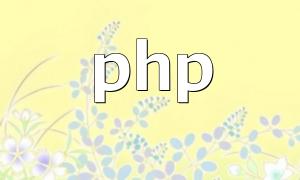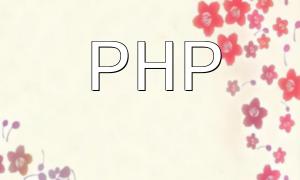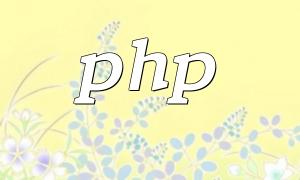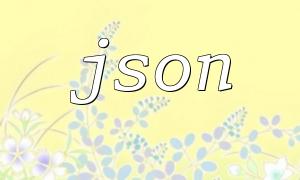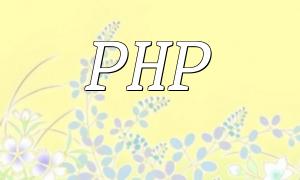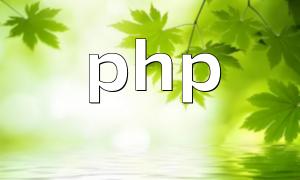In today's digital era, website performance and compatibility are crucial for user experience and search engine rankings. For developers using Windows XP, integrating IIS 5.1 with PHP provides a solid development platform that supports dynamic content while offering SEO advantages.
IIS (Internet Information Services) is a web server software developed by Microsoft. Version 5.1 is bundled with Windows XP Professional and is suitable for lightweight development and testing. It provides basic hosting and management capabilities for web applications.
PHP is a powerful and widely used open-source scripting language, especially suited for web development. It supports various databases and can dynamically generate web pages to enhance site interactivity and user experience.
Ensure IIS is enabled on your system. You can find and install it through the “Add or Remove Programs” section in the Control Panel. Once installed, verify it by opening http://localhost in your browser.
Download the Windows-compatible version of PHP from the official PHP website. It's recommended to use the ZIP package and extract it to a directory like C:\PHP.
After installing PHP, configure IIS to recognize and process PHP files. Follow these steps:
1. Open IIS Manager.
2. Right-click your website node and choose “Properties.”
3. Go to the “Home Directory” tab and click “Configuration.”
4. In the “Application Configuration” window, click “Add.”
5. In the “Executable” field, enter: C:\PHP\php-cgi.exe.
6. For “Extension,” input: .php, then click “OK.”To ensure proper PHP operation, adjust the php.ini settings:
error_reporting = E_ALL
display_errors = On
date.timezone = "Asia/Shanghai"Create a test file named info.php to verify PHP is running. Add the following content:
<?php
phpinfo();
?>Place this file in your website’s root directory and visit http://localhost/info.php in your browser. If you see the PHP configuration page, the integration was successful.
Avoid complex dynamic links. Implement URL rewriting or pseudo-static links to make URLs cleaner, which improves both search engine indexing and user readability.
Optimize web resources and enable caching and compression to improve loading time. This not only enhances user experience but also benefits search engine rankings.
Publishing relevant and valuable content is a key strategy for SEO. High-quality content increases engagement, reduces bounce rates, and is favored by search engines.
This guide helps developers efficiently set up a PHP environment using IIS 5.1 on Windows XP, while also providing foundational SEO techniques. A well-configured environment boosts site performance and lays the groundwork for future improvements and scalability.
